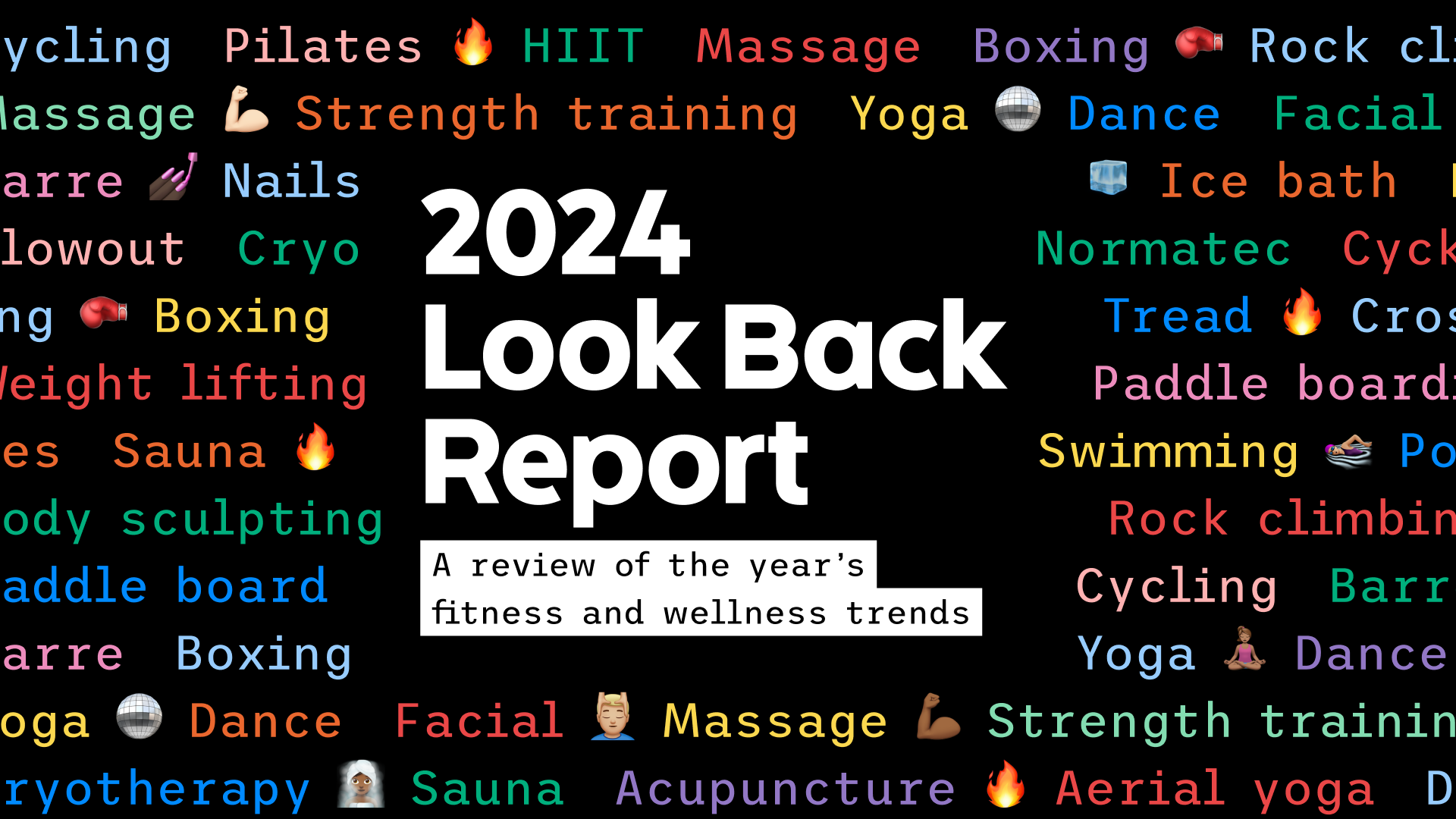Just because you were too tall to be a coxswain in college doesn’t mean you have to give up your dreams of being on a rowing team. That also applies if you’re now a city dweller who lives far away from the water. Indoor rowing follows the same techniques and principles as water rowing but without the well, water. So, what are the benefits of rowing workouts? This type of low-impact exercise targets every muscle in your body, especially your arms, legs and core (the trifecta, if you will). Some even go so far as to say that it uses 85% of the muscles in your body at once.
Like anything else, trying something new — especially when there’s a complicated rowing machine involved — is overwhelming. To make your first rowing workout stress-free, follow this guide.
How to prepare for indoor rowing
Indoor rowing is a total body workout, which means that you’ll want to be fully rested — and stretched out — before hopping on the rowing machine. Luckily, it’s fairly low impact compared to other HIIT and cardio workouts since you don’t put as much pressure on your ankles, knees and hips. Before hitting up your first class, make sure to get a good night’s rest, fill up on water and leave time to stretch before class starts.
What to wear for your indoor rowing workout
Bust out the yoga gear — think: tight-fitting leggings, tops and crop tops — to ensure that your clothes don’t get in the way of your rowing workout (or the machine, for that matter). And you’ll want to go with lightweight shoes, too. Those trendy, bulky sneakers that everyone’s been sporting lately? Yeah, they won’t do you any good. Instead, opt for a pair of supportive cross-training sneakers.
What to bring for indoor rowing class
Unlike other workouts, indoor rowing only requires a machine. For a more comfortable, safe workout, bring a bottle of water and a towel to wipe off your hard work a.k.a. sweat.
You know the drill: If it’s your first class, plan to arrive 15 minutes before class starts. After checking in, the studio staff and instructors will take time to explain the basic rowing technique, including the proper way to grip the handle and place your feet on the machine. Plus, they’ll walk you through how to change resistance levels — without disrupting your form. But most importantly, they’ll put their teachings in action by helping you actually get set up on the rowing machine. It’s simple: The earlier you arrive, the more confident you’ll feel in the midst of your rowing exercise.
What to expect from an indoor rowing class
Two words: non-stop movement. While you might think the class is a breeze because you’re sitting down for half of it, it’s anything but. From start to finish, you’re generating power — strokes — through your legs. Most classes include moments of high and low intensity to ensure a top-notch cardio workout. (It’s basically a HIIT class but without the jumping and pain-inducing impact). But even when your instructor switches to the low-intensity portion of the class, your entire body — arms, core and legs — will be hard at work.
Celebrate your accomplishment with a big glass of water. Then, stretch and recover before you head back to the rowing machine. Remember: The only way to improve is to try (and try) again.







